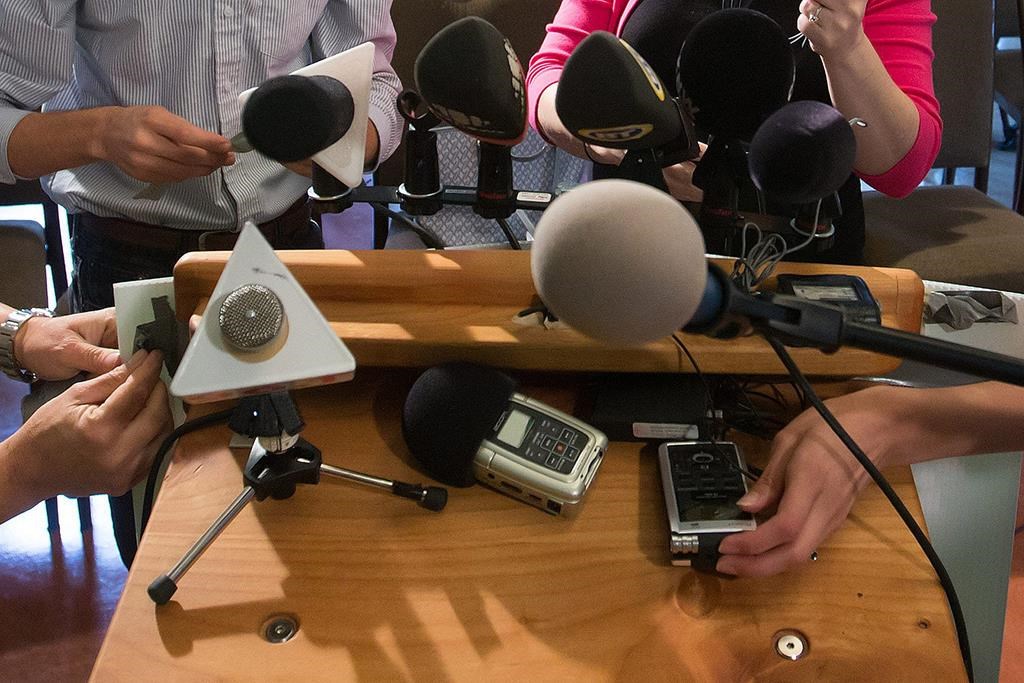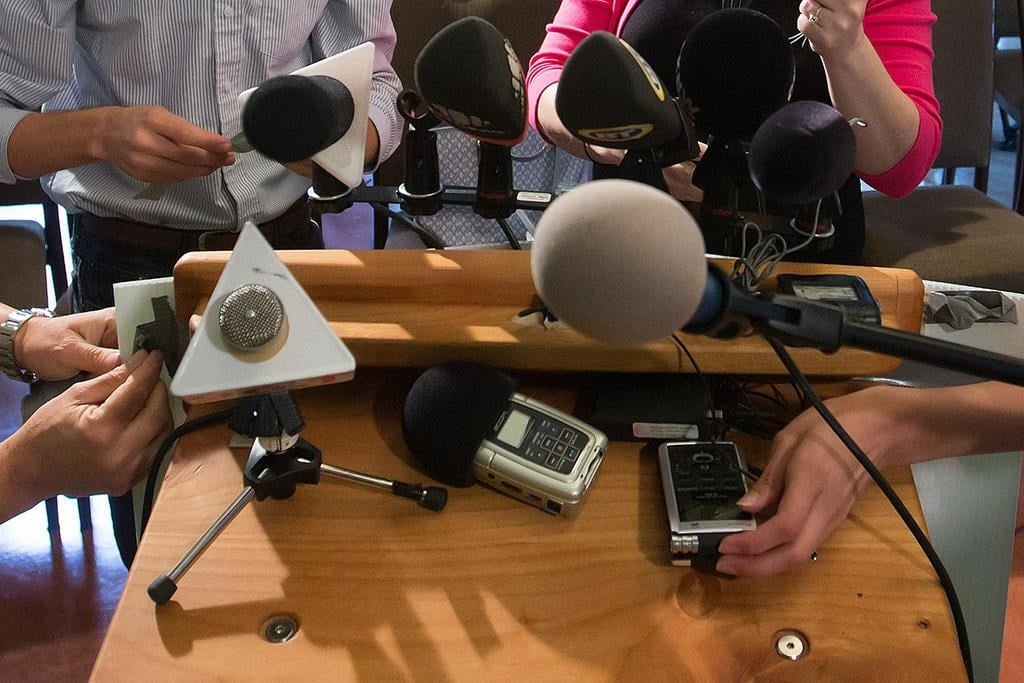
What are RRSPs, TFSAs, and RESPs anyway?
Andrey_Popov / Shutterstock
An RRSP is a tax-sheltered registered account used to save for retirement, whereas a TFSA is a tax-sheltered registered account that can be used for anything. In contrast, an RESP is a registered account used to save for a child's education. Choosing where to save isn't as tricky as it may seem.
Most income — whether it is from a job, self-employment, pension, bank interest, or investments — is taxable in Canada, with a slice of your earnings going to the government each year. There is a significant exception, however, for income earned on investments held inside a registered account, such as an RRSP, TFSA, or RESP. Think of these accounts as safe tax havens where your savings and investments can compound and grow over time to maximum effect.
But not all registered accounts are the same. To help you make the most of your savings, we’ve broken down the differences between RRSPs, TFSAs and RESPs, with guidelines as to how and when to use each of these investment vehicles. Understanding TFSAs, RRSPs, and RESPs is an important part of financial planning, so read on to learn more.
Registered Retirement Savings Plans (RRSPs)
What are RRSPs?
An RRSP is a type of retirement savings plan. This type of registered account is probably the best known in Canada, in part because it is the only one that offers a tax deduction on contributions in addition to the tax-free growth of investment earnings. That means when you put money into an RRSP (also sometimes referred to as an RSP), you lower your taxable income for the year by that same amount.
So, for example, if you made $5,000 worth of RRSP contributions last year, and your total income for the year was $70,000, you would lower your taxable income to $65,000. That saves you approximately $1,500 in income tax, depending on the province where you live.
The catch? You pay income tax later when you draw from these funds in retirement, which is one of the determining factors for when to use an RRSP compared with other registered accounts. More about this is explained below, or read more about RSP vs.RRSP: What’s the difference between the two retirement plans?
Read more: A guide to RRSPs in Canada
What’s the best way to invest in an RRSP?
The best strategy for long-term investments, including retirement funds, is a diversified mix of stocks and bonds that encompass many different industries, sectors, geographical regions and company sizes.
If you are young and have many years to weather market ups and downs, you can afford to take on more risk by investing more heavily in equities. While more volatile, they offer greater average returns over time. Someone who is retired and relies on their investment income to make ends meet, however, should put more money into lower-risk fixed-income investments, such as bonds and GICs, because they don’t have time to let markets recover if there’s a downturn.
The other main factor to consider is investment fees. By using an online discount brokerage, you’ll pay rock-bottom fees on purchases and trades, leaving more money in your account to compound and grow over time.
If you aren’t comfortable choosing your own investments, a robo advisor will automatically create a diversified, balanced portfolio of low-fee exchange-traded funds (ETFs) and index funds for you, which takes into consideration your age, investment goals and risk tolerance.
Read more: RSP vs. RRSP: What’s the difference?
Tax-Free Savings Accounts (TFSAs)
Understanding TFSAs
Created in 2009, TFSAs are the newest registered account in Canada. Similar to RRSPs, they can hold most investment assets including cash, GICs, mutual funds, stocks and bonds. The income earned in these accounts — bank interest, dividend payments, equities growth, etc. — is completely tax-sheltered. You never pay tax on those earnings. The interest will compound tax-free over time. Unlike RRSPs, you don’t get a tax deduction on contributions, but you also don’t pay income tax when you withdraw funds from your TFSA.
Read more: A guide to TFSAs
What’s the best way to invest in a TFSA?
In part, how you invest in a TFSA depends on what you’re saving for. If you have a short-term goal – perhaps finishing your basement within the next year or two – you’ll want to stick to the best low-risk fixed-income investments, such as bonds, GICs, or high-interest savings accounts. That way, you won’t have to worry that your investment may be in the red when it comes time to withdraw.
If, on the other hand, you’re in it for the long haul, you can treat your TFSA just like an RRSP, with a diversified portfolio of low-fee investments designed to match your risk tolerance and maximize your returns. If you prefer to hand off the work of designing and managing your portfolio, open an account with one of the best robo-advisors in Canada. Our top choice is Wealthsimple because of its competitive fees and intuitive platform.
However, if you feel savvy enough to DIY your own investment portfolio, give Wealthsimple Trade or Questrade a try.
Read more: The best TFSA investments in Canada
What are RESPs?
These registered investment accounts allow you to save for a child’s post-secondary education or training and your money grows tax-free. While you don’t get a tax deduction on RESP contributions, the government will kick in an extra 20% (up to $500 annually and a lifetime total of $7,200 per child) in the form of a Canada Education Savings Grant (CESG).
Yes, that’s free money – as long as the child ends up using it for expenses related to eligible college, university or apprenticeship programs. When the child withdraws the grant money and/or investment income, they will pay income tax at their marginal rate, but all your original contributions can be withdrawn tax-free.
Read more: A Guide to RESPs in Canada
What’s the best way to invest in an RESP?
A low-fee diversified portfolio is still your best bet. If your child is young and you have lots of time to let your money grow, you can take more risks by holding more equities than fixed-income assets. Conversely, as the child approaches graduation (assuming they want to go directly from high school to post-secondary), you should re-adjust your portfolio to include lower-risk investments.
You can open an RESP with any of the best robo-advisors in Canada. Justwealth, for example, has a unique RESP service called Education Target Date Portfolios. It automatically aligns your investment allocation with the year your child will begin his or her post-secondary studies. This feature makes it stand out above the competition.
Read more: What happens to an unused RESP if your child doesn’t go to school?
Choosing between an RRSP vs. TFSA vs. RESP
The holy grail of investing is to make use of all your allowable contribution room for all three of these registered accounts. For many, that’s just not possible. Instead, you’ll have to prioritize.
TFSA vs. RRSP
In terms of TFSA vs. RRSP for long-term retirement savings, contributions to an RRSP will provide the greatest tax advantage when your current income is higher than you expect it to be in retirement. RRSPs can also be beneficial for those who are saving for a down payment on a house or to go back to school, as there are government programs that allow you to withdraw money from your RRSP tax-free for these purposes. If you’re in a low tax bracket, or you’re investing for a shorter-term goal, a TFSA is your best bet.
Read more: TFSA vs. RRSP: Which to Choose?
RRSP vs. RESP
For a child’s education, you can’t do better than an RESP due to the government grant money. Once you’ve hit the lifetime maximum grant total of $7,200, investing in a TFSA is just as good – assuming you’re disciplined enough not to dip into it yourself instead of holding on to the money for your child’s education.
If you’re really having a tough time choosing between accounts, invest in an RRSP –and if you get your tax refund, invest that money in a TFSA or RESP. That gives you a double hit of tax-free investing.
Read more: RESP vs. RRSP: Which to Choose?
The last word
If you can find money in your budget to set aside, there’s no time like the present to start investing online. The sooner you start investing the better, due to the magic of compounding returns. You can grow your savings even further by investing in registered accounts, such as RRSPs, TFSAs and RESPs, as you’ll shelter that income from taxes. Last, but certainly not least, use a low-fee online brokerage or robo-advisor to make sure you’re not losing a big chunk of your investment returns to management fees.
Read more: Comprehensive guide on how to invest in Canada
Disclaimer
The content provided on Money.ca is information to help users become financially literate. It is neither tax nor legal advice, is not intended to be relied upon as a forecast, research or investment advice, and is not a recommendation, offer or solicitation to buy or sell any securities or to adopt any investment strategy. Tax, investment and all other decisions should be made, as appropriate, only with guidance from a qualified professional. We make no representation or warranty of any kind, either express or implied, with respect to the data provided, the timeliness thereof, the results to be obtained by the use thereof or any other matter.





